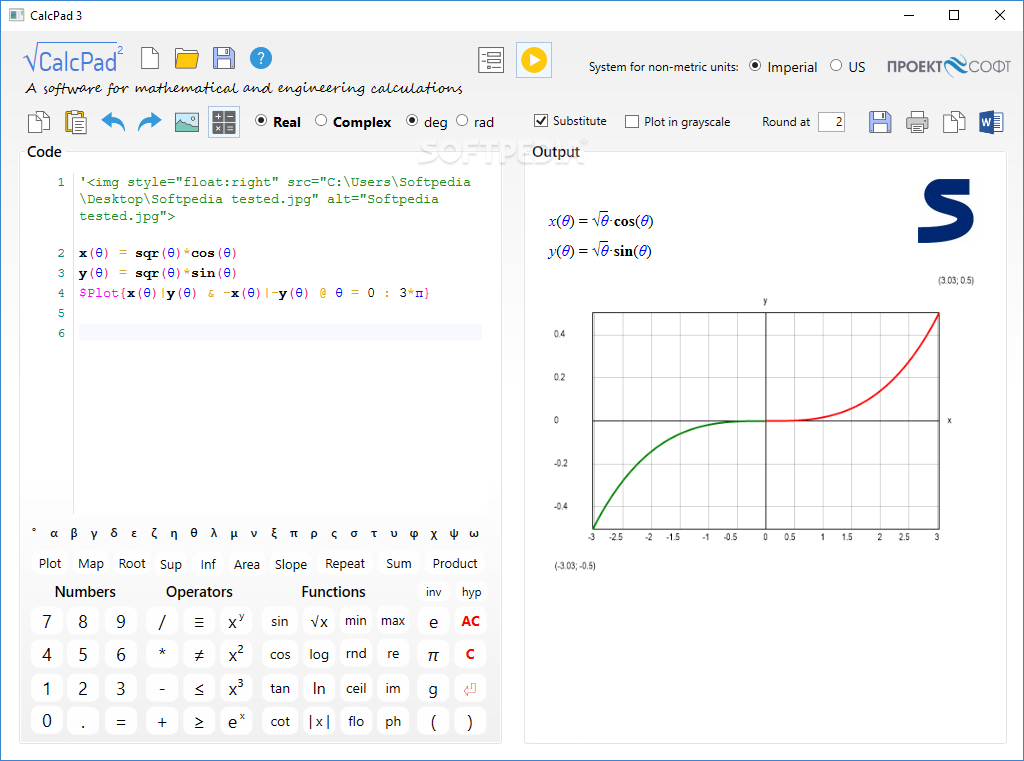

You can assign a piece of code to a string variable. This is a good way to further organize your code and avoid repetitions at a module level. Local parts will not be included into the external module. You can also select which part of the module is local and global by inserting the respective keywords: “ #local“, “ #global“. This is better than copying one and the same text in all worksheets.
#Webassign integral calcpad full#
If the file is in the same folder, you can enter only the filename, otherwise you must specify the full path. Now, you can do this in Calcpad, using the following code: #include filename.cpd Then, it would be better to put this part in a separate module and reference it from all other worksheets. And each worksheet should start with identical content for selection of materials and cross sections. But imagine that you have to build an entire library for design of timber structures. If you have a simple and short worksheet, it is definitely easier to keep it all in a single file. In this post, we will make a short review of the most important changes. In the last several months, Calcpad was subjected to continuous improvement, driven by the efforts of its developers and the help of the community. Posted by Calcpad FebruMaPosted in Units Tags: Eurcode, shear, Units Leave a comment on Units in empirical formulas What’s new in Calcpad 5.8 and later? It is far more important to give the correct results as it can be easily verified. You should not worry about that formulas do not look exactly as in the design codes. When you run the above program in Calcpad, the results will look as follows: 'Characteristic concrete strength -' f_ck = 25 MPa 'Partial safety factor for concrete -' γ_c = 1.5 If we apply the same approach for the other formulas, we will obtain the following little program for calculation of shear resistance without reinforcement to Eurocode 2: 'Section width -' b_w = 250 mm 'Effective height -' d = 450 mm 'Main reinforcement ratio -' ρ_l = 0.02 So, we will have k = 1 + sqrt(200 mm/ d) and get a dimensionless result as expected. For example the value of “200” in the formula for k is actually in mm. Obviously, we have no choice, except to manually compensate for the missing dimensions. V Rd,c = ( v min + k 1 σ cp) b w d (6.2b), where On the other hand, the minimum resistance is: If d is in mm, we will get: 1 + mm -0.5, which also does not make any sense. Here, f ck and σ cp are in MPa, so, we will end up with MPa 1/3 + MPa, which does not have physical meaning and cannot be calculated. It is calculated by the following formula: Lets take for example the shear resistance without reinforcement, according to Eurocode 2. Moreover, there are even formulas, that are not dimensionally correct and won’t calculate. There are many formulas in structural design codes, that are empirical and if you enter them in Calcpad “as are”, you will not obtain the results in the expected units.


 0 kommentar(er)
0 kommentar(er)
